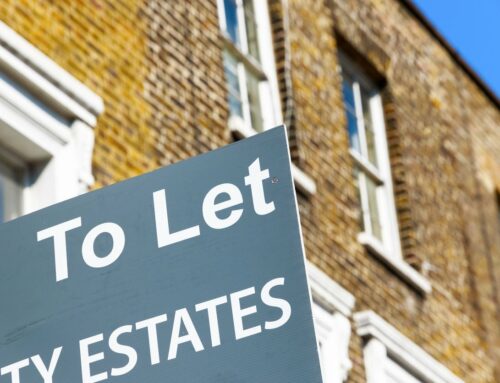Home » Uncategorised »
Rents Return to Growth Across London and the Rest of the UK
This article is an external press release originally published on the Landlord News website, which has now been migrated to the Just Landlords blog.

In January, every region of the UK, including London, experienced a rise in the average rent price. However, the rate of rent price growth has not been consistent across the country, the latest Rental Index Report from Landbay reveals.
While the average UK rent now stands at a record £1,198 per month (up by 0.66% on an annual basis), rents in the capital (£1,876) remain around 2.5 times the rest of the UK (£760).
In England, rent prices have increased by an average of 0.6% in the 12 months to January, to hit £1,230 per month. In London, rents dropped year-on-year, by 0.54%, to £1,876. In Northern Ireland, prices rose by 0.99% to reach £565 a month. Meanwhile, in Scotland, rents increased to £731, following average annual growth of 1.26%. Wales saw growth of 1.45%, taking the average rent to £645 per month.
However, on a monthly basis, rents nationwide experienced the first rise across every UK region in January, for the first time in almost two years. At 0.18%, the East Midlands saw the greatest month-on-month growth of the UK, followed by the East of England, at 0.13%. Even London, after 19 months in negative territory, witnessed an increase of 0.03%, with the greatest change occurring in Bexley (0.18%).
Tenants renting properties in London now spend an average of £1,453 a month for a one-bedroom home, £1,921 for two-beds and £2,672 for three-beds. Conversely, tenants renting in the rest of the UK pay an average of £600 per month on a one-bedroom property, £716 for a two-bed and £828 for a three-bed.
At a country level, Wales incurred the highest average rental growth over the month (0.10%), while Northern Ireland (0.01%) fell behind.
Following several market and Governmental legislation changes, including higher Stamp Duty and new Prudential Regulation Authority (PRA) guidelines, which have increased landlord costs, the pressure on rent prices has been strong. And, according to predictions, January’s widespread rise is only the beginning of a drive in rental growth.
John Goodall, the CEO and Founder of Landbay, comments: “With all the tax and regulatory changes landlords have shouldered over the past couple of years, an uplift in rents has been on the cards for a while, and is likely to continue into 2018. Stamp Duty changes pushed up transaction costs for landlords back in 2016, as have a raft of new regulations from the PRA landing in 2017. Furthermore, the Bank of England’s Term Funding Scheme comes to an end this month, pulling away one of the crutches that has allowed many mainstream lenders to keep mortgage rates so low. This, together with gradually rising interest rates, will eventually push up borrowing costs for banks and, consequently, for landlords, who will have to pass some of these costs onto tenants in the form of higher rents.
“Landlords who turned their backs on London when rents started to dwindle may now want to reconsider. House prices have declined in the capital for four consecutive months and, combined with positive rental growth of 0.03% in January, yields will now be climbing.”




